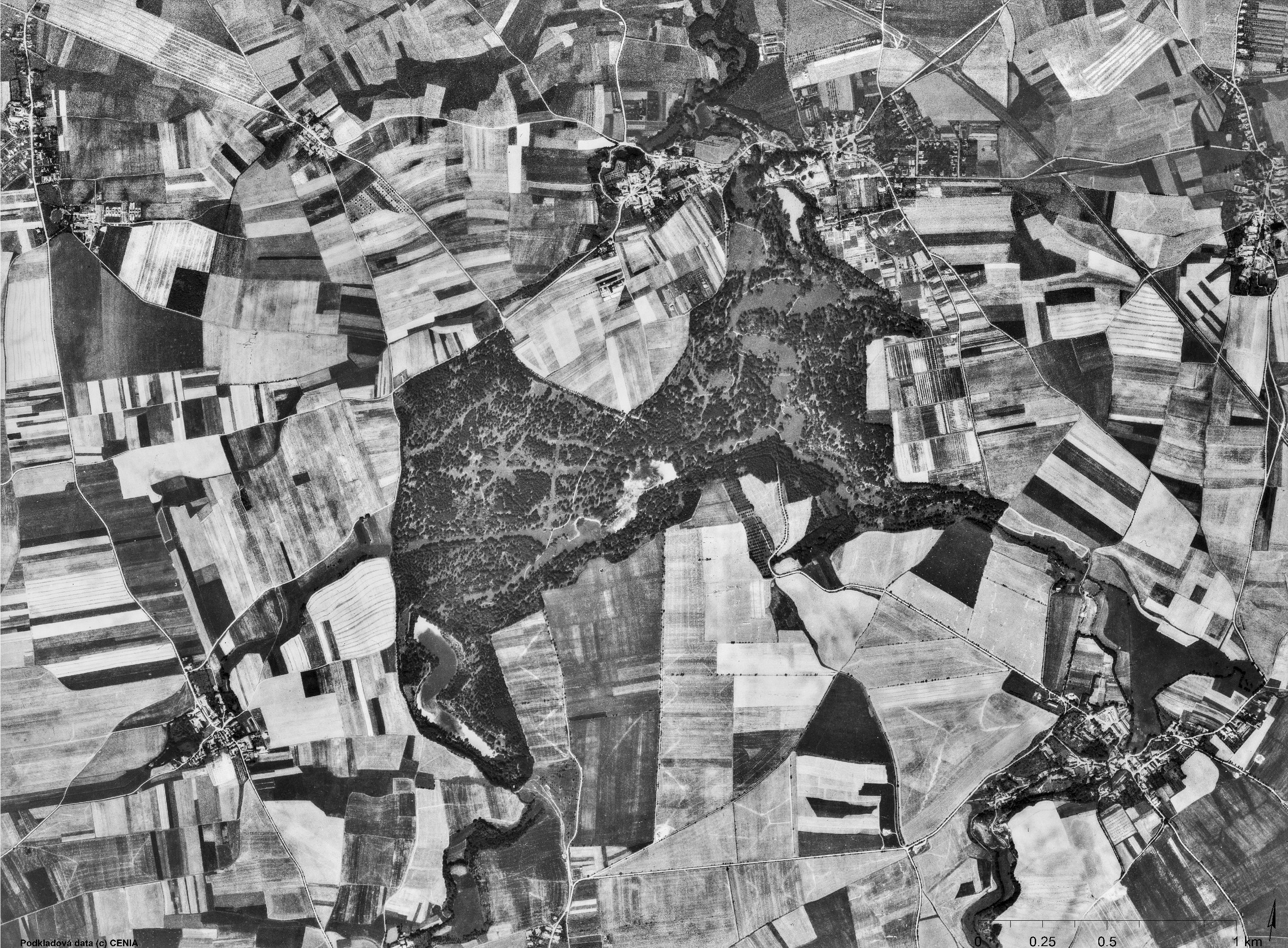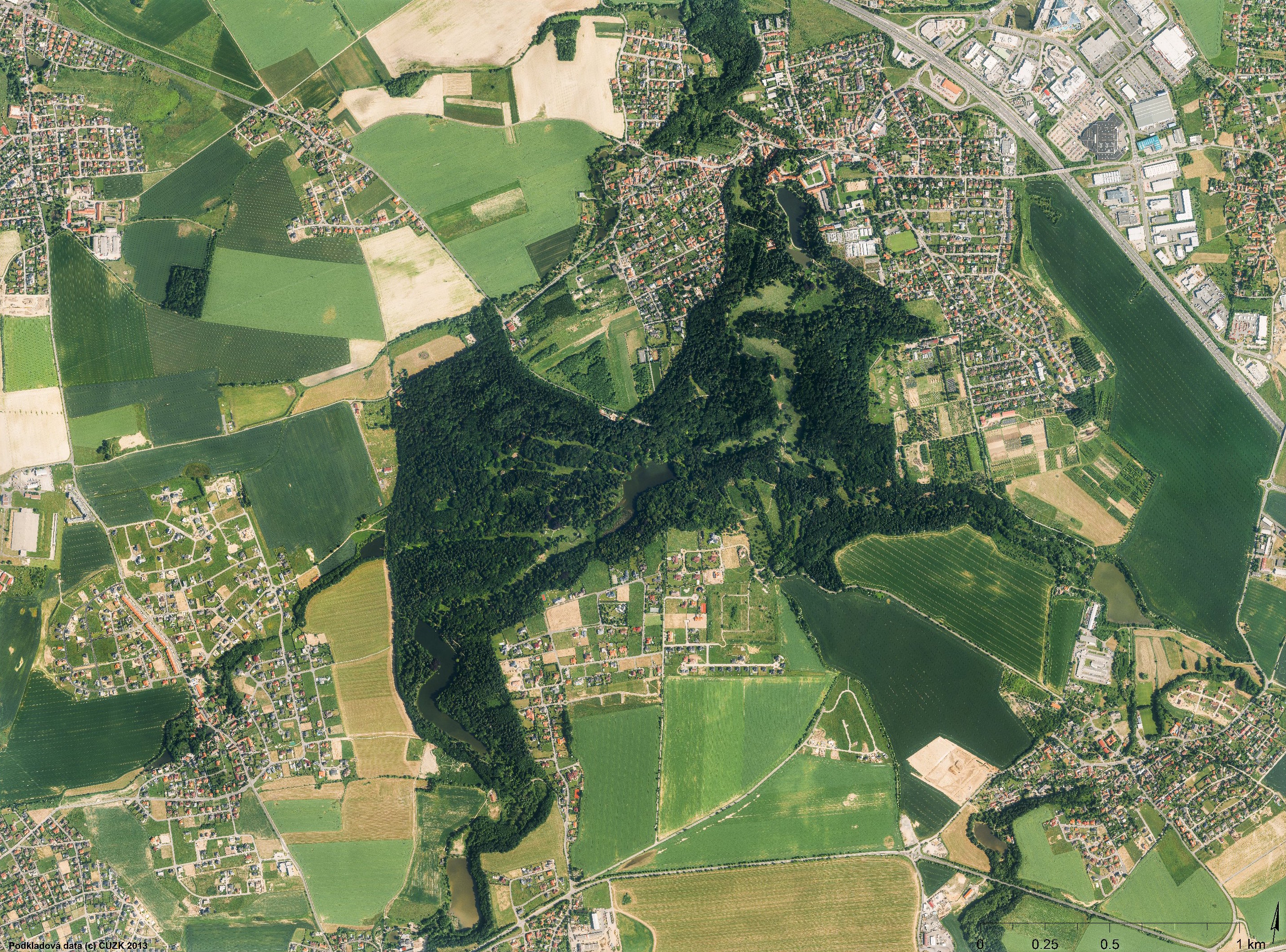What is the landscape of the Czech Republic?
The landscape of the Czech Republic owes much of its biodiversity to the fact that it consists of a mosaic of habitats. Climate change brings extreme weather extremes such as prolonged droughts or severe flooding. Though we cannot command the wind and rain, we can better respond to the ongoing changes by managing our landscape sustainably. Decisions about land use cannot be left purely to the discretion of users enforcing their own financial interests at the expense of future generations. Policy instruments for landscape protection, management and planning are either lacking or are not used effectively in line with the principles of the European Landscape Convention.
It is said that land is being sold off solely for the benefit of big business. The vaguely stated terms on which land can be acquired and used cannot prevent large-scale urban and industrial sprawl. In agriculture, there is a prevalence of large-scale farming relying on excessive use of chemicals instead of natural fertilizers. The end result is a uniform landscape with impoverished biodiversity and substantial soil erosion. The current system of agricultural subsidies, which is focused on production, does not reflect the adverse effects farming has on agricultural land and the entire landscape. The situation with landscape management looks as though the right hand does not know what the left hand is doing. There is a lack of coordinated follow-up policy decisions based on scientific evidence.
Landscape vision
There is a risk that with the ongoing climate change the negative effects on agricultural land will manifest themselves in the landscape with greater intensity and on an even larger scale. Moreover, other, still hidden negative effects might become noticeable. It is time to resolve the situation. In the Czech agricultural landscape, it is not only about tackling the drought and flood problem. It is about managing the landscape as a public space, an essential part of the society’s environment, and a provider of irreplaceable services and values. Pedological and hydrological measures do not suffice. Landscaping measures and policy changes are necessary, too.
Sustainable landscape management is a matter of public interest, and so the fundamental question is how to encourage land users to treat the land thoughtfully. Habitat mapping can serve as a source of new background data for agricultural management, and agricultural subsidies supporting sustainable land use can be a highly effective solution.
The Platform for the Landscape follows this line. It aims to approach the landscape in a comprehensive way: by initiating the development of a political vision of landscape policy and development as well as the implementation of meaningful rules for the handling of agricultural land and its water regime. The landscape is not a mere means of production, but also a cultural entity, and the way we treat it is a measure of the cultural maturity of our society.


Landscape transformations surrounding Průhonice park. In the upper Botič stream basin, there is a prevalence of arable land, which takes up 65% of the landscape, and built-up areas, which take up 16.5%, and there are plans to increase the percentage of built-up land even further: to 21% of the landscape. That amounts to an area of about 8.9 km2, which is a nine-fold increase compared to the situation around the year 1850 (according to old military maps) – data from the CENIA portal and the State Administration of Land Surveying and Cadastre.
